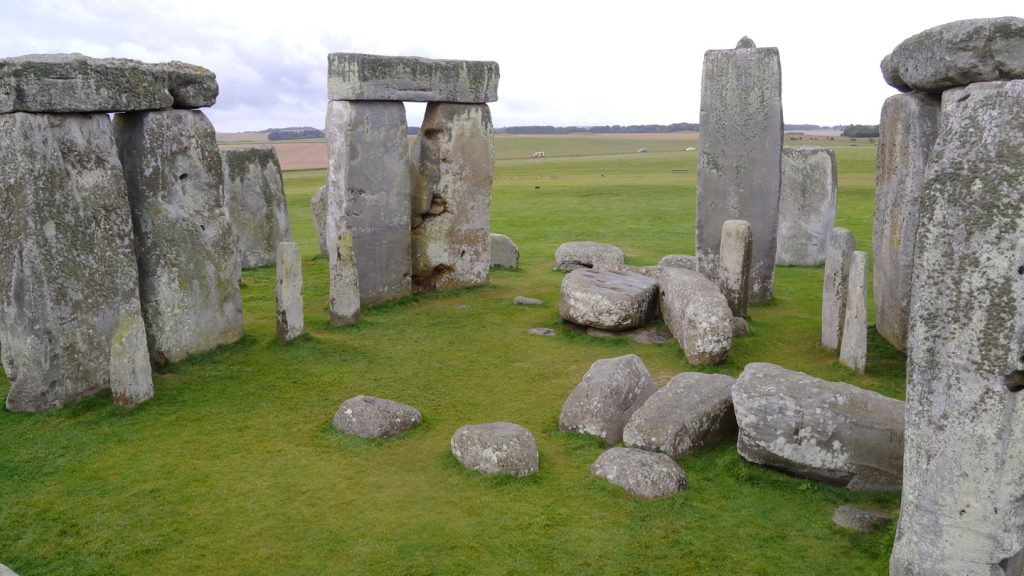Stonehenge, a historical site in England, has been found to have a central stone, known as the Altar Stone, that originated from northeastern Scotland. Through an analysis of the age and chemical makeup of the Altar Stone, researchers determined that it closely matched a rock formation known as the Orcadian Basin in Scotland. This finding challenges the previous assumption that the Altar Stone, due to its position near the bluestones, had Welsh origins, and suggests that it may have been transported over 750 kilometers from Scotland to England.
Most of the stones at Stonehenge are believed to have come from western Wales, but the Altar Stone has now been identified as originating from Scotland. While the Welsh stones have been traced to a stone circle in Wales, the Altar Stone presents a unique challenge due to its distant origins. Speculations suggest that the Altar Stone may have been transported by ship down England’s east coast, making the journey even more impressive and complex.
The precise location from which the Altar Stone came in Scotland is still unknown, but scholars believe its transportation relied on waterways to sail down the east coast and then move the stone over land. The transportation of a six-metric-ton stone over such a vast distance would have required significant planning and effort, providing further insight into the monumental construction of Stonehenge.
The Altar Stone was likely added to Stonehenge during a second construction phase between 2620 B.C. and 2150 B.C. At that time, Stonehenge was evolving from a cemetery to a more complex structure with additions and changes over the following centuries. The discovery of the Altar Stone’s Scottish origins adds to the evidence of long-distance connections among Late Neolithic groups in the British Isles during the construction of Stonehenge.
The Altar Stone’s orientation at Stonehenge, lying on its side with two collapsed stones resting on top, echoes the architectural style of some stone circles in Scotland. The architectural connection between the Altar Stone and stones in Scottish stone circles suggests a shared heritage or architectural influence between the regions, adding to the mystery and complexity of Stonehenge’s construction and history. The heroic feats of labor and assembly required for constructing Stonehenge exemplify the shared efforts of the Late Neolithic people in the British Isles.















